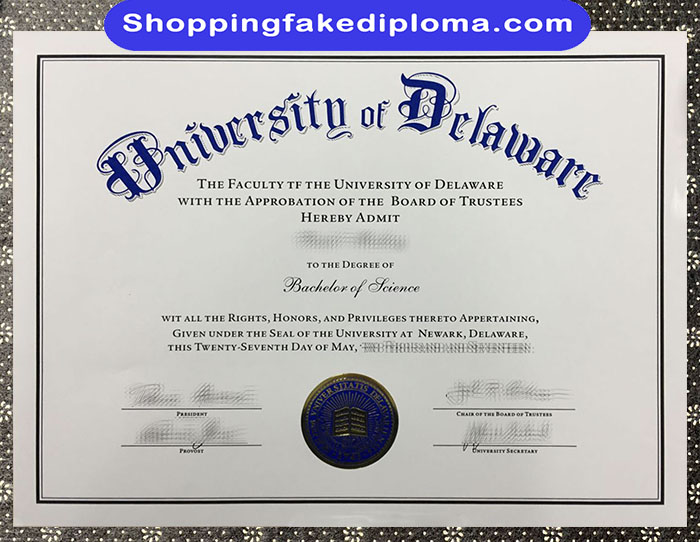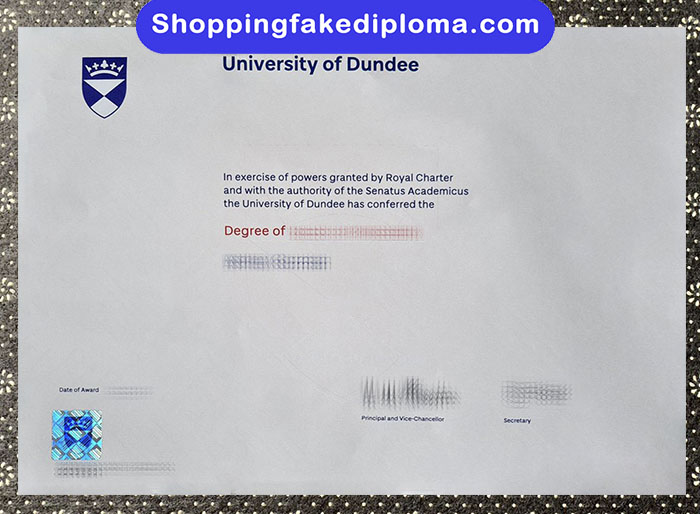In today’s competitive job market, having a diploma or certificate from a reputable institution is essential for career advancement. However, there is an alarming rise in the number of fake diploma makers who prey on desperate individuals seeking to enhance their credentials. Unmasking the dark reality of these fraudulent certificate creators is crucial in order to protect your reputation and avoid becoming a victim of this deceitful practice. Fake diploma makers have become increasingly sophisticated in their methods, making it more challenging to differentiate between genuine and counterfeit certificates. In this article, we will explore the telltale signs of fake diplomas and provide you with valuable tips to spot fraudulent certificates. By arming yourself with the knowledge to identify these scams, you can safeguard your reputation and avoid the devastating consequences of being associated with illegitimate qualifications. Don’t let your hard-earned reputation be tarnished by fake diplomas. Stay informed, stay vigilant, and unmask the dark reality of fake diploma makers to protect your professional future.

Unmasking the Dark Reality of Fake Diploma Makers: How to Spot Fraudulent Certificates and Protect Your Reputation
In today’s competitive job market, having a diploma or certificate from a reputable institution is essential for career advancement. However, there is an alarming rise in the number of fake diploma makers who prey on desperate individuals seeking to enhance their credentials. Unmasking the dark reality of these fraudulent certificate creators is crucial in order to protect your reputation and avoid becoming a victim of this deceitful practice.
Fake diploma makers have become increasingly sophisticated in their methods, making it more challenging to differentiate between genuine and counterfeit certificates. In this article, we will explore the telltale signs of fake diplomas and provide you with valuable tips to spot fraudulent certificates. By arming yourself with the knowledge to identify these scams, you can safeguard your reputation and avoid the devastating consequences of being associated with illegitimate qualifications.
Don’t let your hard-earned reputation be tarnished by fake diplomas. Stay informed, stay vigilant, and unmask the dark reality of fake diploma makers to protect your professional future.

The impact of fraudulent certificates on individuals and organizations
Fake diploma makers not only pose a threat to individuals who unknowingly obtain counterfeit certificates but also to organizations that may unknowingly hire individuals with fraudulent qualifications. The consequences of relying on fake diplomas can be far-reaching and damaging to both parties involved. For individuals, being exposed as having a fake diploma can lead to termination, loss of credibility, and legal implications. For organizations, hiring individuals with fake credentials can lead to reputational damage, loss of clients, and legal liabilities.
It is vital to understand the gravity of the situation and take proactive measures to avoid being associated with fake diplomas. By being aware of the telltale signs and knowing how to spot fraudulent certificates, you can protect your reputation and make informed decisions when it comes to verifying educational qualifications.

How to spot fake diplomas: Key indicators to look for
While fake diploma makers have become increasingly sophisticated in their methods, there are still key indicators that can help you spot fraudulent certificates. These indicators include:
1. Poor quality printing and paper: Legitimate diplomas are printed on high-quality paper with intricate security features. Fake diplomas often lack these features and may have blurry printing, inconsistent fonts, or low-quality paper.
2. Unrealistic pricing: Fake diploma makers often offer their services at significantly lower prices than reputable institutions. If a deal seems too good to be true, it probably is.
3. Inaccurate or inconsistent information: Pay close attention to the details on the diploma. Check for spelling errors, inconsistent formatting, or incorrect information. Legitimate institutions take great care in producing accurate and professional-looking certificates.
4. Lack of accreditation: Verify if the institution listed on the diploma is accredited. Legitimate educational institutions are recognized and accredited by reputable accreditation bodies.
5. Unusual delivery time: If a diploma can be delivered within a short period of time, it may be a red flag. Legitimate institutions often take time to process and produce diplomas.
By paying attention to these key indicators, you can increase your chances of identifying fake diplomas and protecting yourself from the consequences of relying on fraudulent qualifications.

Tips for verifying the authenticity of a diploma or certificate
When faced with a diploma or certificate, it is essential to verify its authenticity before accepting it at face value. Here are some tips for verifying the legitimacy of a diploma:
1. Contact the issuing institution: Reach out to the institution listed on the diploma and verify the individual’s credentials. Legitimate institutions will be able to confirm the authenticity of the diploma.
2. Check with the accreditation body: Research the accreditation body associated with the institution and verify if it is recognized and reputable. Accreditation bodies maintain databases of accredited institutions that can be consulted for verification.
3. Request additional documentation: Ask the individual for additional supporting documents, such as transcripts or reference letters, to further validate their educational qualifications.
4. Utilize online verification services: Several online services specialize in verifying educational credentials. These services can provide an additional layer of verification and peace of mind.
By following these tips, you can ensure that the diplomas and certificates you encounter are legitimate and avoid the potential pitfalls of relying on fraudulent qualifications.

The legal consequences of using fake diplomas
Using a fake diploma or certificate can have severe legal consequences. Depending on the jurisdiction, individuals caught using fraudulent qualifications may face criminal charges, fines, or imprisonment. Additionally, legal action can be taken against the fake diploma makers themselves, further highlighting the seriousness of this issue.
It is essential to understand that using fake diplomas not only puts your reputation at risk but also exposes you to legal liabilities. By relying on genuine qualifications, you can safeguard your professional future and avoid the legal ramifications associated with fraudulent certificates.

Protecting your reputation: Steps to take if you come across a fake diploma
If you come across a fake diploma or suspect someone of using fraudulent qualifications, it is important to take appropriate action to protect your reputation and the integrity of the educational system. Here are some steps you can take:
1. Gather evidence: Collect any evidence that supports your suspicion of a fake diploma, such as photographs, copies of the diploma, or any other relevant information.
2. Report to the authorities: Contact the relevant authorities, such as the local law enforcement agency or educational regulatory bodies, and provide them with the evidence you have gathered.
3. Inform relevant parties: If the individual with the fake diploma is employed or associated with an organization, inform the relevant parties, such as human resources or management, about your findings. This will help prevent further damage and protect others from being deceived.
4. Maintain confidentiality: While it is essential to take action against fake diplomas, it is equally important to handle the situation with discretion and maintain the privacy of individuals involved.
By taking these steps, you can play a proactive role in combating fake diplomas and protecting the integrity of educational qualifications.
Resources for verifying educational credentials
Several resources are available to help individuals and organizations verify educational credentials. These resources include:
1. Online verification databases: Many educational institutions have online databases where you can verify the authenticity of their diplomas or certificates. These databases often require the individual’s name, graduation year, and other relevant details.
2. Accreditation bodies: Accreditation bodies maintain databases of accredited institutions that can be consulted to verify the legitimacy of an institution.
3. Background check companies: There are companies that specialize in conducting background checks, including verifying educational credentials. These companies can provide comprehensive reports on an individual’s qualifications.
By utilizing these resources, you can ensure that the diplomas and certificates you encounter are genuine and reliable.
The role of employers and educational institutions in combating fake diplomas
Employers and educational institutions have a significant role to play in combating fake diplomas. By implementing robust verification processes and raising awareness about the prevalence of fraudulent certificates, they can help protect their organizations and the wider community. Some measures that employers and educational institutions can take include:
1. Implementing thorough background checks: Employers should conduct comprehensive background checks on potential employees to verify their educational qualifications. This can include contacting educational institutions directly or utilizing the services of background check companies.
2. Raising awareness: Employers and educational institutions should educate their staff, students, and stakeholders about the risks associated with fake diplomas and provide guidance on how to identify and report fraudulent certificates.
3. Collaborating with accreditation bodies: Employers and educational institutions should work closely with accreditation bodies to ensure that the institutions they engage with are legitimate and accredited.
By working together, employers and educational institutions can create a safer and more transparent environment, free from the influence of fake diplomas.
Online diploma mills: How to identify and avoid them
Online diploma mills are websites that offer fake diplomas and certificates, often without any educational requirements or legitimate accreditation. These diploma mills can be difficult to identify, as they often mimic the websites of genuine educational institutions. However, there are some key indicators that can help you identify and avoid online diploma mills:
1. Lack of educational requirements: Legitimate educational institutions have specific admission requirements, such as academic qualifications or entrance exams. If a website offers diplomas or certificates without any educational prerequisites, it may be a diploma mill.
2. Unrealistic promises: Diploma mills often make extravagant promises, such as guaranteed degrees in a short period of time or the ability to “buy” a degree. If the claims seem too good to be true, they probably are.
3. Lack of accreditation: Diploma mills often claim to be accredited, but their accreditation may not be recognized by reputable accreditation bodies. Always verify the accreditation status of an institution before engaging with them.
4. Payment methods: Diploma mills often request payment through unconventional methods, such as wire transfers or anonymous payment services. Legitimate educational institutions typically offer secure and recognized payment options.
By being vigilant and conducting thorough research, you can avoid falling victim to online diploma mills and protect yourself from the consequences of relying on fake diplomas.
Conclusion: The importance of maintaining integrity and upholding educational standards.
Unmasking the dark reality of fake diploma makers is essential in today’s competitive job market. By understanding the impact of fraudulent certificates, knowing how to spot fake diplomas, and taking proactive measures to verify educational qualifications, you can protect your reputation and avoid the devastating consequences of being associated with illegitimate qualifications.
Maintaining integrity and upholding educational standards is not only important for individuals but also for organizations and the broader educational system. By working together and staying informed, we can create a safer and more transparent environment, free from the influence of fake diplomas.
Don’t let your hard-earned reputation be tarnished by fake diplomas. Stay informed, stay vigilant, and unmask the dark reality of fake diploma makers to protect your professional future.